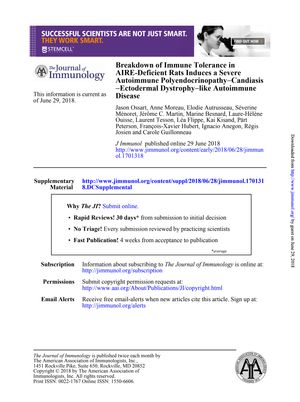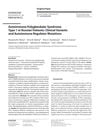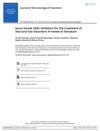Breakdown of Immune Tolerance in AIRE-Deficient Rats Induces a Severe Autoimmune Polyendocrinopathy–Candidiasis–Ectodermal Dystrophy–Like Autoimmune Disease
June 2018
in “
The journal of immunology/The Journal of immunology
”

TLDR AIRE-deficient rats developed severe autoimmune disease similar to APECED, useful for testing treatments.
Researchers created the first AIRE-deficient rat model using zinc-finger nucleases to study autoimmune polyendocrinopathy–candidiasis–ectodermal dystrophy (APECED). This model displayed key APECED symptoms such as alopecia, skin depigmentation, and nail dystrophy, and showed severe autoimmune lesions in various organs, particularly the pancreas. The rats also had autoantibodies and cytokine levels similar to those in APECED patients. This model provided a relevant tool for testing potential curative treatments for APECED.




